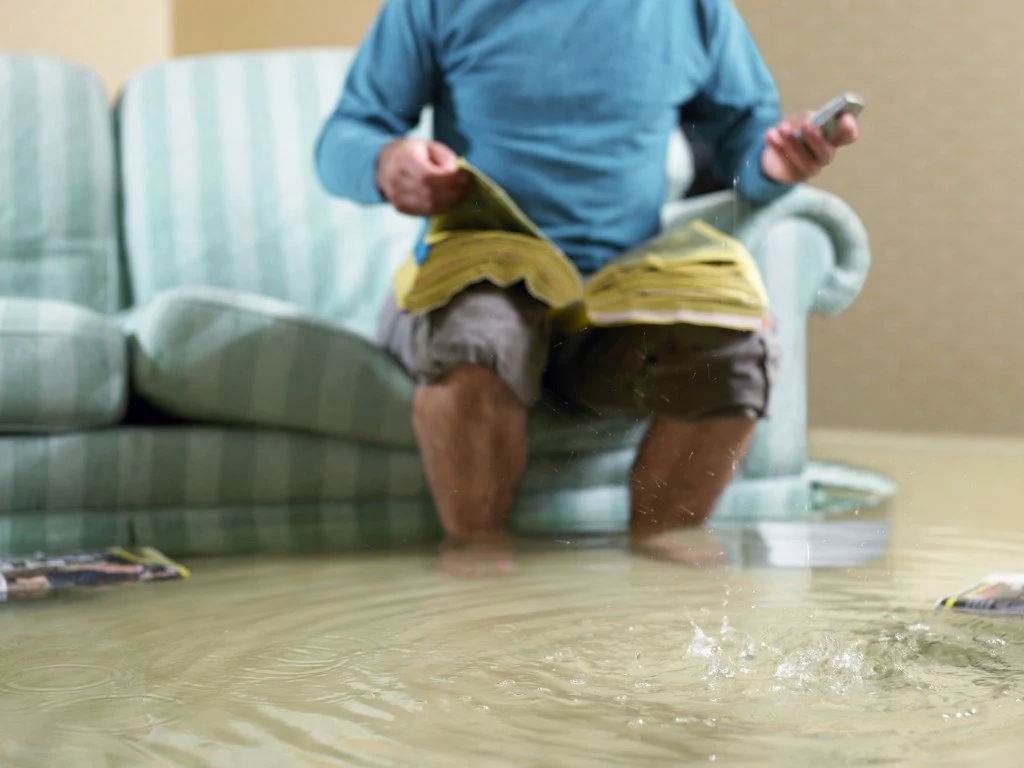Water Damage Restoration Tips for Homeowners
Flooding and water damage can come from many different sources, including burst pipes, serious weather conditions, backed-up sewers, natural disasters, and human error. The most common source of water damage, however, is usually flooding. Flooding can come from natural disasters like hurricanes or snowmelt, and more common but less obvious sources like malfunctioning appliances, broken water heaters, and neglected roofs.

The first step to take when dealing with any type of water damage is to minimize its spread. Turn off the water source if it can be shut off safely, or move as much furniture away from the affected area as possible. Do not attempt to deal with the water yourself, as it may be too deep to move by hand, and electricity in the area could pose a risk. While removing soaked or stained items, keep a watchful eye for mold development. Do not dry wet items with heaters or ovens, as this can lead to fire hazards.
Before getting started with the flood damage restoration process, it is important to be aware of what you are dealing with. Water damage comes in three categories: clean water, greywater, and black water. Clean or “fresh” water can be easily cleaned without too much risk for greater damage. Greywater has contaminants that will cause health problems if ingested, so this type of water should be handled with greater care. Finally, black water is unsanitary and presents a health risk. It can quickly develop harmful mold if left standing for extended periods of time.
Different types of damage call for different methods in the restoration process. For example, the carpet will likely need to be replaced if it has been saturated by clean or greywater. However, if the clean water is from a broken washing machine line, then simply scrubbing and extracting any excess water can be more than enough to restore it.
If you have been dealing with an instance of flooding or other serious water damage, it may be best to contact a professional company for water damage restoration services. A professional has the training and supplies necessary to safely and efficiently restore even the most water-damaged areas.

I am Scott Miller and my love is writing about home improvement. I write mostly about home ideas, but also share some tips and tricks that can make your life easier when it comes to getting things done in the house.












